A new image captured by the James Webb Space Telescope shows rings of dust plumes created by the violent interactions between two stars
Sign up for CNN’s Wonder Theory science newsletter. Explore the universe with news on fascinating discoveries, scientific advancements and more. The image is part of new research that reveals how intense starlight can push matter around in space by focusing on a double-star system located 5,000 light-years away from Earth in the Cygnus constellation.
The team’s observations revealed that the dust plumes form where the stellar winds from both of the giant stars collide, creating a cone-shaped shock front between the stars. As the stars go through their oval-shaped orbit, the shock front also moves, which causes the smoke-like dust plume to spiral. If the stars had a circular orbit, it would form a pinwheel pattern. Instead, the oval-shaped orbit creates delays in dust production that cause the dust plumes to resemble rings or shells.
Australia Latest News, Australia Headlines
Similar News:You can also read news stories similar to this one that we have collected from other news sources.
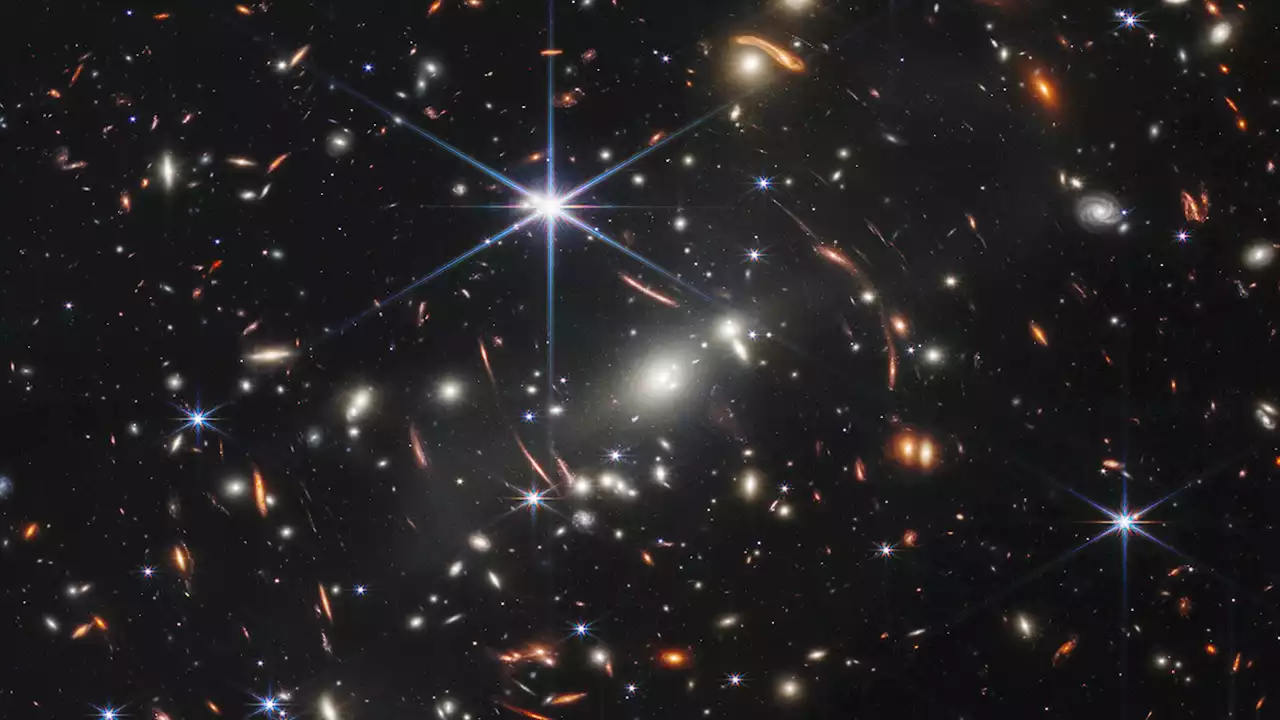 The James Webb Space Telescope spied the earliest born stars yet seenThe stars, found in the first released science image from the James Webb Space Telescope, probably winked into existence about 13 billion years ago.
The James Webb Space Telescope spied the earliest born stars yet seenThe stars, found in the first released science image from the James Webb Space Telescope, probably winked into existence about 13 billion years ago.
Read more »
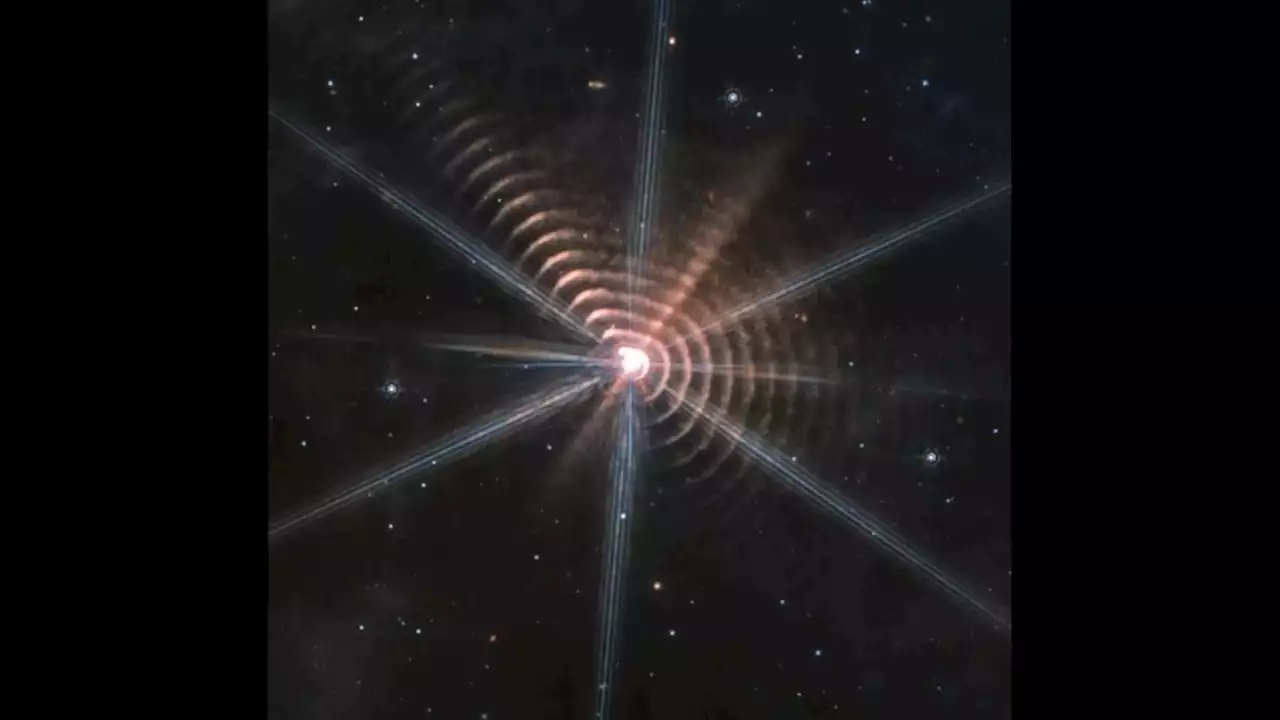 Bizarre rings spied by James Webb Space Telescope are organic dust propelled by starlightTereza is a London-based science and technology journalist, aspiring fiction writer and amateur gymnast. Originally from Prague, the Czech Republic, she spent the first seven years of her career working as a reporter, script-writer and presenter for various TV programmes of the Czech Public Service Television. She later took a career break to pursue further education and added a Master's in Science from the International Space University, France, to her Bachelor's in Journalism and Master's in Cultural Anthropology from Prague's Charles University. She worked as a reporter at the Engineering and Technology magazine, freelanced for a range of publications including Live Science, Space.com, Professional Engineering, Via Satellite and Space News and served as a maternity cover science editor at the European Space Agency.
Bizarre rings spied by James Webb Space Telescope are organic dust propelled by starlightTereza is a London-based science and technology journalist, aspiring fiction writer and amateur gymnast. Originally from Prague, the Czech Republic, she spent the first seven years of her career working as a reporter, script-writer and presenter for various TV programmes of the Czech Public Service Television. She later took a career break to pursue further education and added a Master's in Science from the International Space University, France, to her Bachelor's in Journalism and Master's in Cultural Anthropology from Prague's Charles University. She worked as a reporter at the Engineering and Technology magazine, freelanced for a range of publications including Live Science, Space.com, Professional Engineering, Via Satellite and Space News and served as a maternity cover science editor at the European Space Agency.
Read more »
 James Webb Telescope captures starlight nudging dust from a dying star into spaceThe astronomers took 16 years to study the movements of the gas clouds.
James Webb Telescope captures starlight nudging dust from a dying star into spaceThe astronomers took 16 years to study the movements of the gas clouds.
Read more »
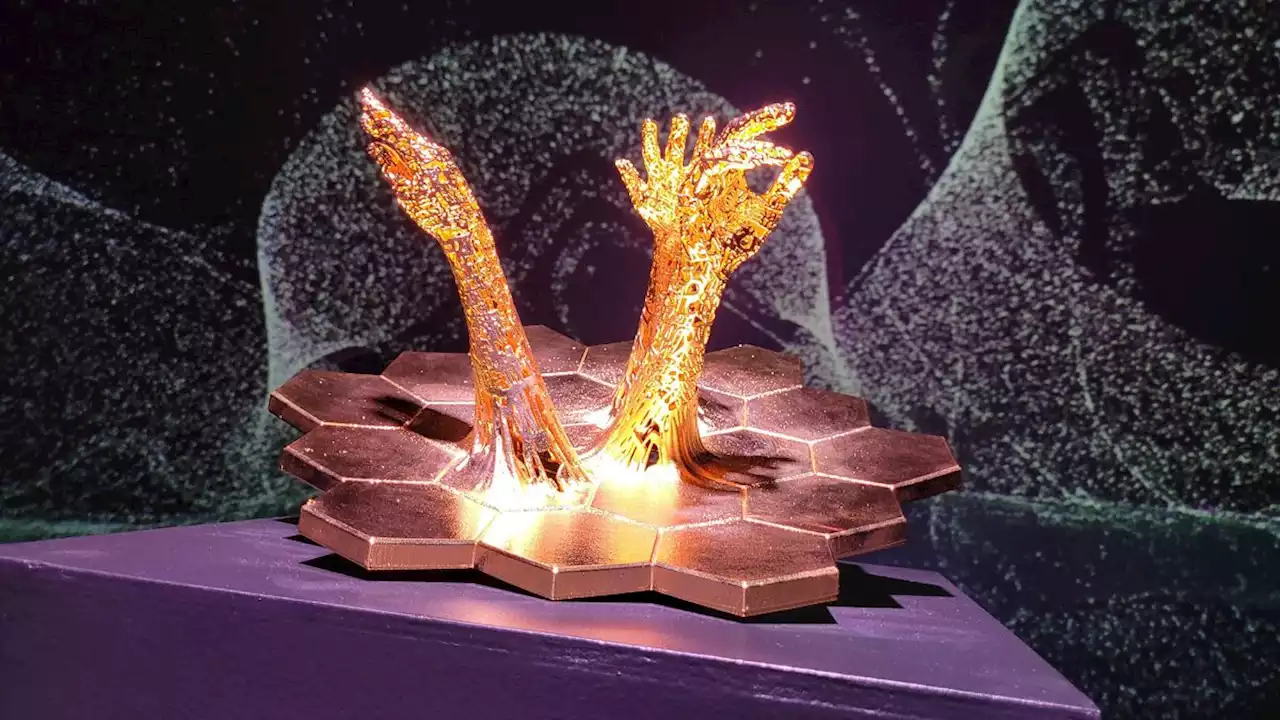 James Webb Space Telescope imagery comes down to Earth in NYC art exhibit (photos)Artist Ashley Zelinskie's 'Unfolding the Universe: First Light' exhibit features a VR experience, 3D-printed sculptures and holograms.
James Webb Space Telescope imagery comes down to Earth in NYC art exhibit (photos)Artist Ashley Zelinskie's 'Unfolding the Universe: First Light' exhibit features a VR experience, 3D-printed sculptures and holograms.
Read more »
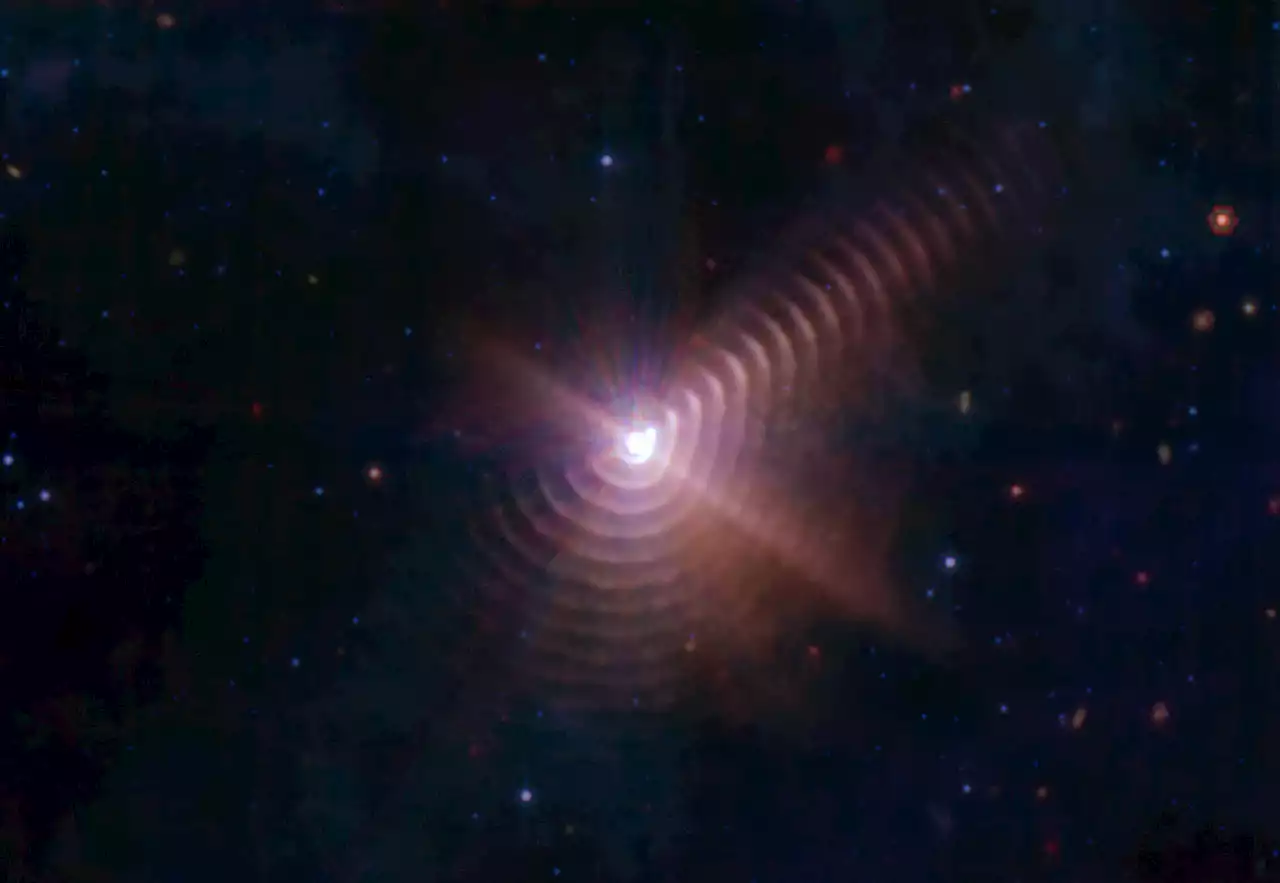 James Webb Telescope captures unique dust rings surrounding two stars | EngadgetThe James Webb Telescope has captured an unusual dust pattern around two stars that can track the passage of time similar to ring patterns on the inside of tree trunks..
James Webb Telescope captures unique dust rings surrounding two stars | EngadgetThe James Webb Telescope has captured an unusual dust pattern around two stars that can track the passage of time similar to ring patterns on the inside of tree trunks..
Read more »
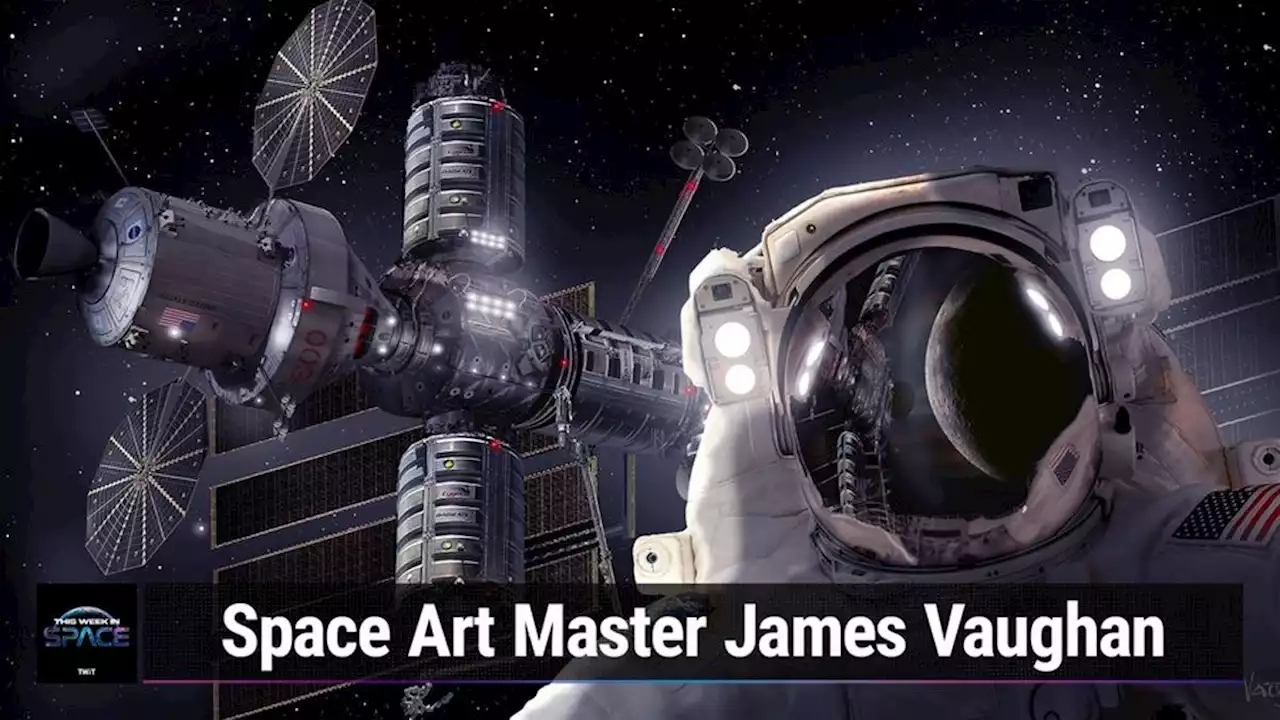 This Week In Space podcast: Episode 32 — Space Art Master James VaughanOn this episode of This Week in Space, Rod Pyle and Tariq Malik are joined by On talented aerospace artist James Vaughan to discuss art and exploring the stars.
This Week In Space podcast: Episode 32 — Space Art Master James VaughanOn this episode of This Week in Space, Rod Pyle and Tariq Malik are joined by On talented aerospace artist James Vaughan to discuss art and exploring the stars.
Read more »
